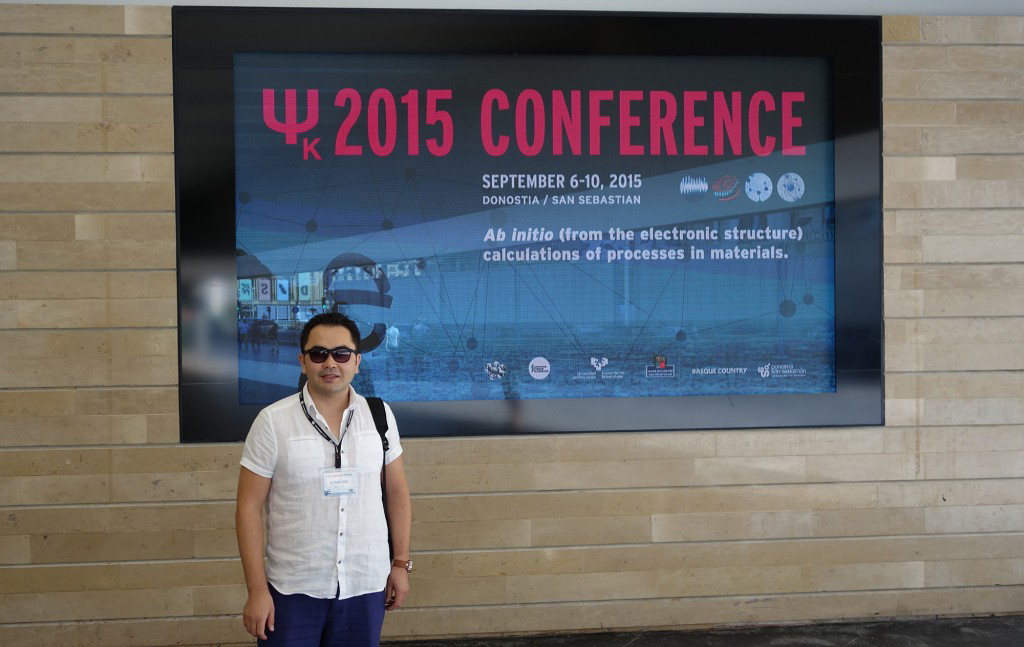21 Sep Ψk-2015 Conference
[vc_text_separator title='' title_align='separator_align_left' border='no' border_color='' background_color='' text_color=''] I have just returned from attending the Ψk-2015 Conference and it was a blast. Every five years this conference brings together the global community that is active in the science of electronic structure and properties of condensed matter. The conference covers both the fundamental and theoretical aspects of electronic structure calculations, computational methods and tools. The application areas of electronic property calculations range from condensed matter and materials physics to nanoscience, the design and discovery of novel materials, their properties, and their performance in devices. The Ψk-2015 conference took place in San Sebastian, Spain, from September 6 to 10. The conference program was structured around plenary sessions, symposia and topical sessions. There were around 30 symposia with 160 invited speakers and more than 1200 participants. Following were my focus sessions: Hybrid Photovoltaic Materials Transport Properties Materials Design Modeling of Defect Levels GW and BSE Novel 2D Materials and Heterostructures Machine Learning Methods in Materials Modeling Spin-Orbit Coupling Effects in First-Principles Quantum Transport My contribution was about our recent work “Mechanism of H2O induced conductance changes in AuCl4 functionalized CNTs”. The plenary sessions by Prof. Giulia Galli (U. Chicago), Prof. Georg Kresse (U. Vienna), and Prof. Steve Louie (UC Berkeley) were really motivating, interesting, and full...



